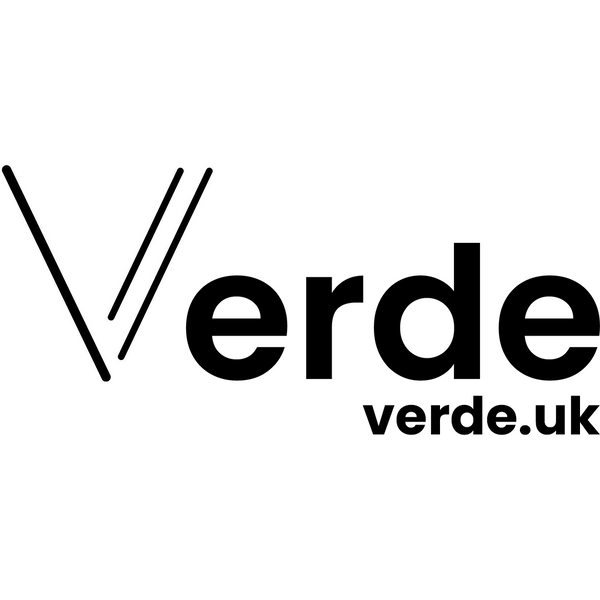
Crochet Your Way to a Perfect Circle!
Crafting a perfect circle doesn't have to be a roundabout puzzle. It's all about the pattern, increases, and consistency in your stitches. Here are a few key steps to have you crafting the perfect circle every time.
1. Begin with the Basics
Starting with a magic loop sets a solid foundation. It's a fundamental step that ensures everything aligns properly as your circle grows. If you need a reminder you can check out our tutorial.
2. Progress in Rounds
Increase your rounds evenly, so if you start with 6 stitches, grow each round by 6. For example. in the first round, increase in every stitch (12sts), next round, every other stitch (18sts), then every 3rd (24sts), every fourth (30sts) and so on.
3. Mind Your Tension
Consistency is key. Keeping an even tension in your stitches will help your circle lie flat. Too tight or too loose, and the shape may waver.
4. Avoid the Unexpected Hexagon
To prevent a hexagon shape, stagger the increases by varying where they appear in each round. This technique helps maintain the circular shape you're aiming for.
Here's an example using dcinc (2dc in same st or invisible increase):
- Start with a magic loop and perform 6dc (or ch2 and make 6dc’s in the second ch from hook). (6dc) Place a marker in the first st of the round and replace each time.
- Dcinc in first and every st around. (12dc)
- Dc in first st, dcinc in next. Continue to [dc, dcinc]; to end. (18dc)
- Dc in first 2st, dcinc in next. Continue as [dc2, dcinc] to end. (24dc)
- Dc, dcinc, (dc3, dcinc) x 5, dc2. (30dc)
- Dcinc in first st, dc in next 4 sts. Continue to [dcinc, dc4]; to end. (36dc)
- 2dc, dcinc in next. [Dc5, dcinc] x 5, dc3. (42dc)
- 4dc, dcinc in next. [Dc6, dcinc] x 5, dc2. (48dc)
- 6dc, dcinc in next. [Dc7, dcinc] x 5, dc. (54dc)
- Dc, dcinc in next. [Dc8, dcinc] x 5, dc7. (60dc)
- 3dc, dcinc in next. [Dc9, dcinc] x 5, dc6. (66dc)
- 5dc, dcinc in next. [Dc10, dcinc] x 5, dc5. (72dc)
With this pattern, the increases of each round are offset from the previous round, which helps to maintain a more circular shape.
It's also worth mentioning that the choice of stitch can impact the shape of the circle as well. For example, double crochet stitches tend to produce a more polygonal shape, while treble crochet stitches tend to create a more circular shape. This is due to the height and structure of the stitches.
With patience, practice, and these tips in mind, you'll find that crafting a flawless crochet circle is well within your reach. Whether you're working on a functional piece like a coaster or something more elaborate, these techniques will serve you well.
Enjoy your crafting journey, and don't hesitate to explore and experiment with your new skills.
Happy crocheting!
Enhance your crochet skills further with the following techniques:
